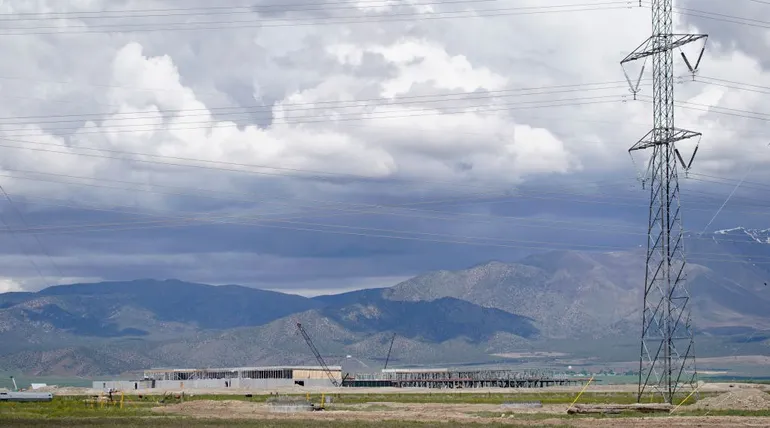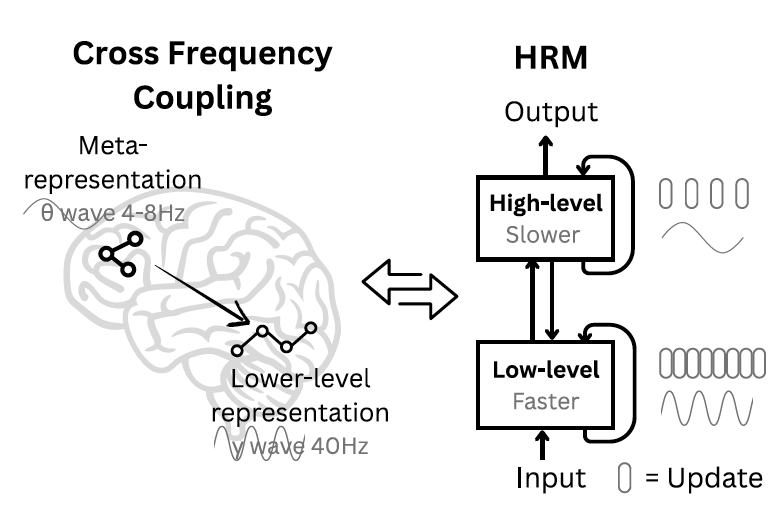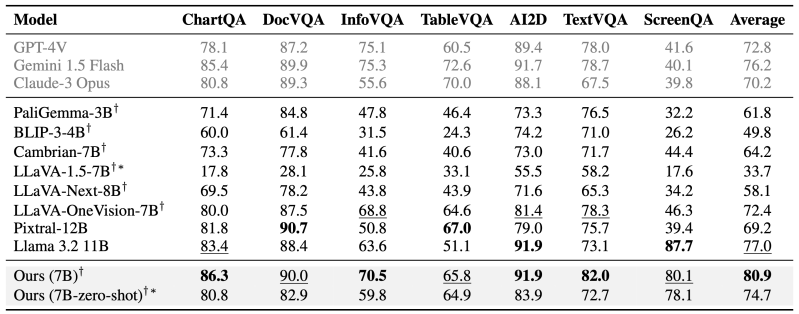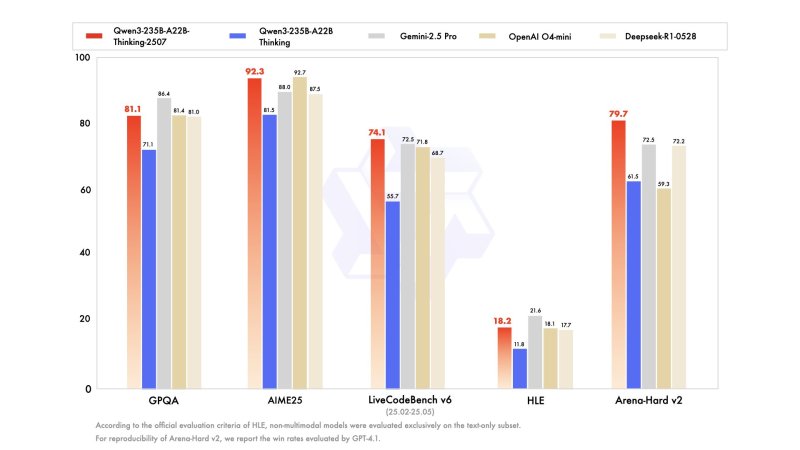
The Nautobot platform consolidates information from various sources —including other management platforms, configuration management databases (CMDB), and IP address management tools—and aggregates it into a single repository, which then acts as the authoritative source for network automation and management. This single source of truth is critical for creating a “true self-service network automation strategy,” Schwen says, and once it’s established, automation can begin.
“Automation in itself, if you have tunnel vision on automation, the tech is actually pretty easy. It’s been around for a long time, and there is a lot of technology out there for it,” Schwen explains. “What’s hard is the people and the processes. That’s more than half the work.”
Having a centralized platform allows for consistent onboarding, change requests, and deployment processes across the entire network infrastructure. With Network to Code and Nautobot, Humana was able to:
- Create a uniform platform for network requests.
- Standardize cloud deployments.
- Eliminate the need to ask different teams about network information.
- Provide a consistent location for anyone interacting with the network.
“We wanted to get to the point where we had kind of self-service, where anybody who needed resources from the network side, or interactions from the network side, there was one place to go and they knew where that was,” Schwen says.
Schwen explains with Nautobot, there is a workflow that is running on a schedule, and it will pick up any network changes and compare them to the configuration standards for that device. It will auto-remediate any discrepancies found in the configuration of that device. The network operator just has to “add a device to the database and walk away, because everything you need for that device is done,” Schwen says. Network to Code’s recent release of NautobotGPT, an AI-powered assistant to the platform, also helps by accelerating network automation workflows.
“One thing that is incredibly useful is automation tasks as prompts. We took existing workflow automations that we had and turned the objectives into prompts. We were able to recreate those in GPT and automatically deploy specific workflow systems,” Schwen explains.






















